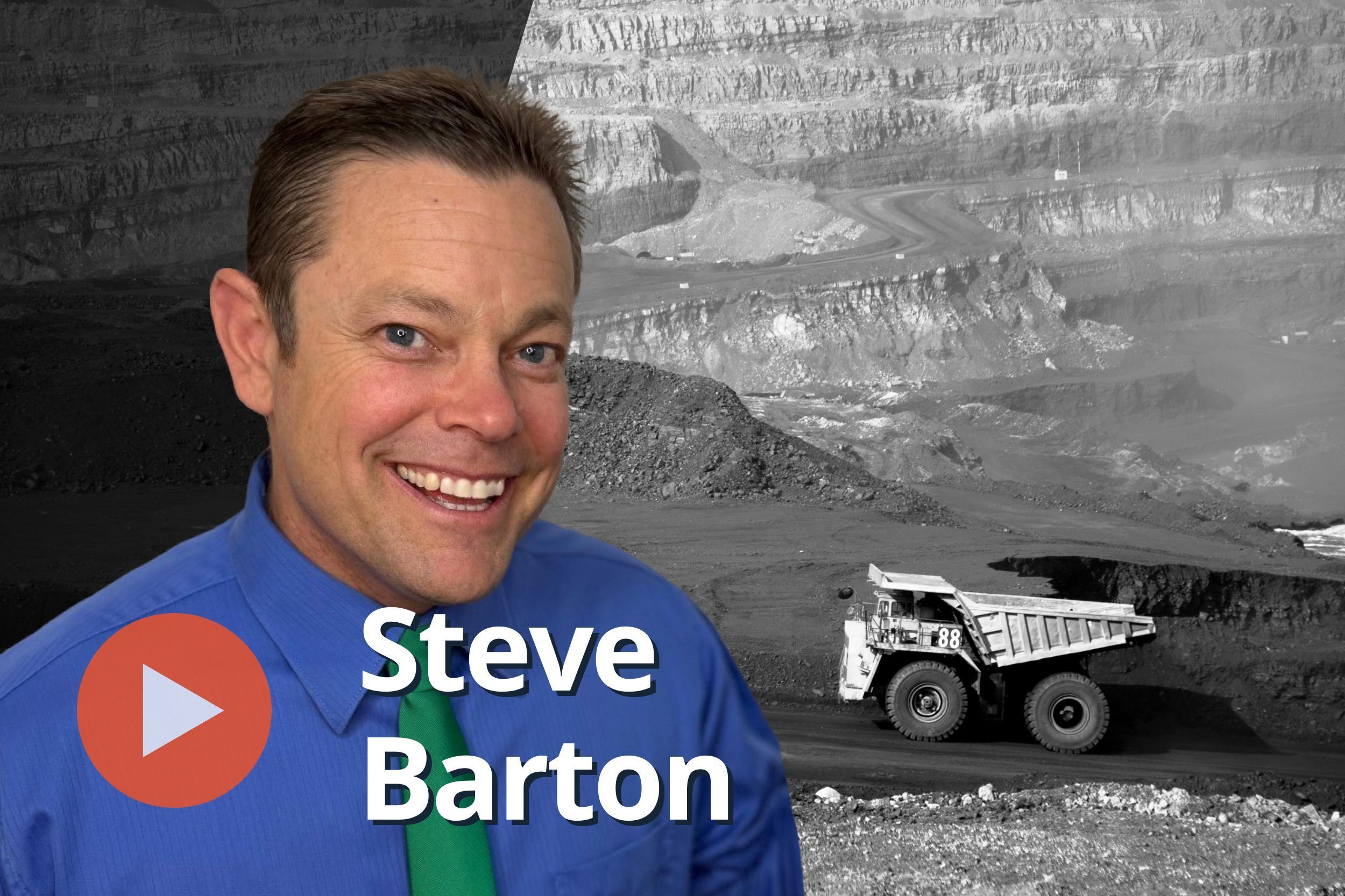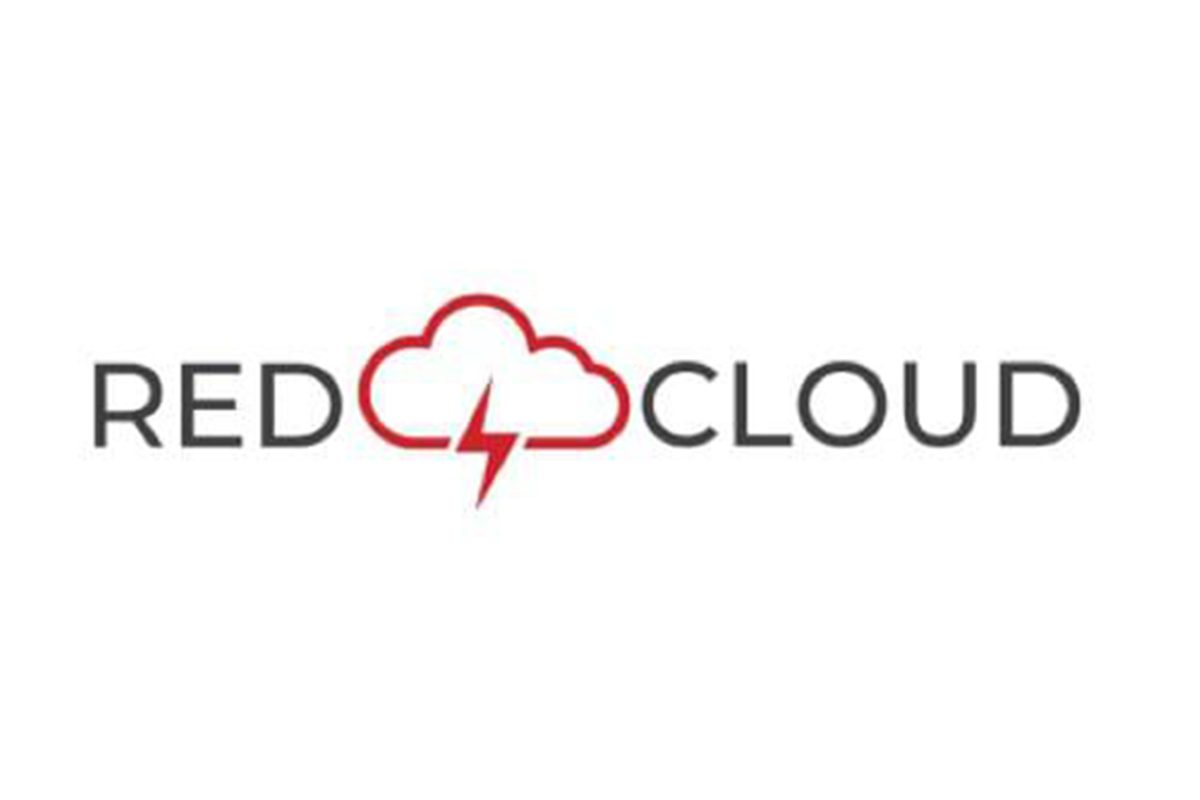
March 12, 2025
European Lithium Ltd (ASX: EUR, FRA:PF8, OTC: EULIF) (European Lithium or the Company) is pleased to announce the Maiden Mineral Resource Estimate (MRE) of 45MT at 0.4% REO from the Tanbreez Project in Greenland, (see Table 1).
The MRE was prepared in 2016 for Rimbal Proprietary Limited and since acquiring the Tanbreez Project in 2022 is reporting the 2016 MRE.
The Tanbreez Fjord and the Tanbreez Hill rare-earth mineral sites are contained within a mineralised Kakortokite host unit covering an area of approximately 5km x 2.5km and 270 meters thick, estimated at 4.7 billion tonnes of Kakortokite. The host does not indicate any certainty of hosting mineralisation.
Tanbreez Project Acquisition
European Lithium first acquire a 5% interest in Tanbreez Mining Greenland A/S (Tanbreez) on 3 October 2022 and acquired a further 2.5% interest in Tanbreez on 6 February 2023. At this time, the investment of 7.5% in Tanbreez was not considered material to the Company and as such the MRE was not disclosed at the time of acquiring an interest in Tanbreez. In June 2024, Critical Metals Corp. (NASDAQ: CMC) entered into the Heads of Agreement with Rimbal Pty Ltd to acquire up to 92.5% in Tanbreez and have completed the initial investment and stage 1 interest to hold a 42.0% interest in Tanbreez. As of the date of this announcement, European Lithium and CMC hold a combined interest of 49.5% in Tanbreez. European Lithium is CMC's largest shareholder and as such now considers the Tanbreez Project to be material and as a result is announcing the Maiden MRE in this announcement following consultation with the ASX.
CMC has completed due diligence and is preparing a S-K 1300 Report for lodgement with the SEC in the United States of America. It has undertaken a recent drilling program for confirmation, extension and infill drilling to prepare the project for Mine Development Studies and anticipates assay results will be available in the near future.
The Company wishes to report The Maiden Mineral Resource Estimate for the Tanbreez Project located in Greenland. This estimate was prepared by Al Maynard and Associates Pty Ltd on 30 August 2016 in accordance with the JORC Code 2012. The authors of the report are independent consultants with a long experience with the project. They are qualified as `Competent Persons' under the JORC Code 2012 and the VALMIN Code 2015. The authors are P.A. Jones, BAppSc (App.Geol), MAusIMM, MAIG., and A.J. Maynard, BAppSc (Geol), MAIG MAusIMM.
The MRE report was commissioned by Rimbal Pty Ltd in 2016, a private company registered in Australia and not required to provide any disclosure. EUR subsequently acquired part of the Project in June 2024 and has now reported the MRE. The Mineral Resource Estimate provided by European Lithium for reference in accordance with ASX Listing Rules as a basis for further public disclosures relating to the Tanbreez Project.
The Mineral Resource Estimate has not been updated and no more recent estimates or data relevant to the reported mineralisation is available.
The estimate is conceptual in nature. It is based on extensive historic and Tanbreez exploration drilling (414 holes) coupled with the exposures in multiple creek sections. Investors should not place undue reliance on this information.
Overview of the Tanbreez Project
The Tanbreez Project is a significant critical minerals asset positioned to provide a sustainable, reliable and long-term rare earth supply for North America and Europe. Once operational, Tanbreez is expected to supply REEs to customers in the western hemisphere to support the production of a wide range of next-generation commercial products, as well as demand from the defence industry. The Tanbreez Project is expected to possess greater than 27% Heavy Rare Earth Elements (HREEs), which carry a much higher value than Light Rare Earth (LREEs). In an industry where competitors primarily target LREE, the Tanbreez Project is believed to be unique, not only due to its significant size, but also because of its HREE asset mix.
2016 Mineral Resource Estimate Summary

The Tanbreez Project is favourably located in Southern Greenland and is expected to have access to key transportation outlets as the project's area features year-round direct shipping access via deep water fjords that lead directly to the North Atlantic Ocean.
Commenting on the 45MT MRE, Tony Sage, Executive Chairman of the Company, said:
" /am pleased to report Tanbreez has reached a significant milestone by declaring the MRE that now will allow our next results and drilling develop the initial resource to more tonnes and grade in the coming months"
"The deposit drilling only covers approximately 5% of the total project area and deeper and extension drilling will commence shortly to deliver an even higher resource"
"We are measuring the real potential for Tanbreez on the significant investment over the past 2 decades by Rimbal and this major discovery as my team take this amazing deposit into a world class REE development project".
`lam excited with more good news in the coming the months will be rewarding for all stakeholders as we achieve greater milestones on this important REE project for the western world"
Click here for the full ASX Release
This article includes content from European Lithium, licensed for the purpose of publishing on Investing News Australia. This article does not constitute financial product advice. It is your responsibility to perform proper due diligence before acting upon any information provided here. Please refer to our full disclaimer here.
EUR:AU
The Conversation (0)
07 September 2023
European Lithium
Developing the Advanced Wolfsberg Lithium Deposit in Austria
Developing the Advanced Wolfsberg Lithium Deposit in Austria Keep Reading...
27 August
CRML signs LOI Offtake Agreement with UCORE (DOD Funded)
European Lithium (EUR:AU) has announced CRML signs LOI Offtake Agreement with UCORE (DOD Funded)Download the PDF here. Keep Reading...
20 August
Outstanding New 2024 Diamond Drill Results Tanbreez Project
European Lithium (EUR:AU) has announced Outstanding New 2024 Diamond Drill Results Tanbreez ProjectDownload the PDF here. Keep Reading...
30 July
Quarterly Activities Report and Appendix 5B
European Lithium (EUR:AU) has announced Quarterly Activities Report and Appendix 5BDownload the PDF here. Keep Reading...
24 July
EUR Sells 0.5m CRML Shares for U$1.8m (A$2.7m)
European Lithium (EUR:AU) has announced EUR Sells 0.5m CRML Shares for U$1.8m (A$2.7m)Download the PDF here. Keep Reading...
09 July
EUR Sells 0.5m CRML Shares for U$1.625m (A$2.5m)
European Lithium (EUR:AU) has announced EUR Sells 0.5m CRML Shares for U$1.625m (A$2.5m)Download the PDF here. Keep Reading...
01 December
Australia Minerals Council Blasts EPBC Bill’s Lack of Environment and Mining Balance
“The deal between the Federal Government and the Greens to pass the Environment Protection Reform Bill 2025 and related bills is an inferior and disappointing outcome which fails to strike the right balance between protecting Australia’s unique environment while enabling responsible and... Keep Reading...
28 November
Completion of the Acquisition of the Webbs Consol Silver Project
Rapid Critical Metals Limited (‘Rapid,’ ‘RCM’ or ‘Company’) is pleased to announce that it has completed the acquisition of the Webbs Consol Silver Project (Webbs Consol) in northeast New South Wales, comprising EL 8933 and EL 9454 from Lode Resources Limited (ASX: LDR) (Lode Resources). The... Keep Reading...
19 November
Red Mountain Mining Successfully Lists on the US Stock Market with a Strong Trading Debut Up 36%
Red Mountain Mining Limited (ASX: RMX, US CODE: RMXFF, or “Company”), a Critical Minerals exploration and development company with a growing portfolio in Tier-1 Mining Districts in the United States and Australia, is pleased to announce that RMXFF successfully commenced trading on the OTCQB this... Keep Reading...
18 November
Steve Barton: Mining Stocks — How I Pick Winners, When to Buy and Sell
Steve Barton, host of In It To Win It, shares how he picks mining stocks, running through his initial screening process for companies, as well as the questions he asks CEOs.He also explains how he decides when to buy and when to sell.Don't forget to follow us @INN_Resource for real-time... Keep Reading...
10 November
Lunar Mining Set to Favor Established Miners Over Startups, Analyst Says
As humanity edges closer to mining the moon, industry analysts warn that established mining companies, not venture-backed space startups, may dominate the emerging lunar resource sector. The space mining market, projected to reach US$20 billion by 2035, has attracted significant attention from... Keep Reading...
31 October
Red Cloud Announces Keynote Lineup and Agenda for 2025 Fall Mining Showcase
Red Cloud is excited to announce the agenda and keynote lineup for its annual Fall Mining Showcase, taking place November 4 & 5, 2025 at the Sheraton Centre Toronto Hotel. This flagship event will bring together over 80 mining and exploration companies, along with leading investors, analysts,... Keep Reading...
Latest News
Latest Press Releases
Related News
TOP STOCKS
American Battery4.030.24
Aion Therapeutic0.10-0.01
Cybin Corp2.140.00






